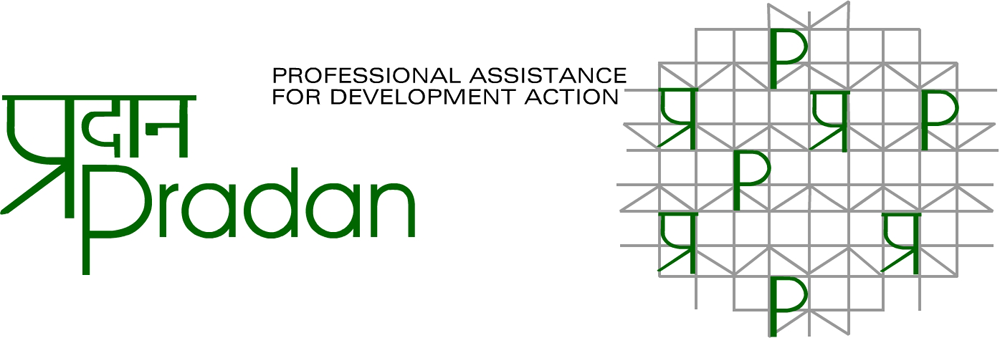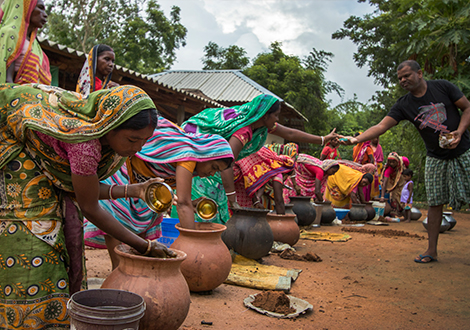Once Rupees Eleven, Now Forty Million: Aamon
by Sourangshu Banerjee, Kharika Mathani
- Home
- Field Stories
- Once Rupees Eleven, Now Forty Million: Aamon by Sourangshu Banerjee, Kharika Mathani

Farmers of Nayagram block of West Bengal would work with all their might round the year to earn Rs.60,000 or so. That was all to meet their family expenses. Their crop looked exotic, but could never fetch handsome cash income from the local market. Parul Mahata, Swarnaprava Mahata, Panchabati Baskey, Rekha Sing were some of the farmers, who would dream to sell their magical aromatic rice to markets far away from their hamlets and make a fortune.
“Who would understand its value here? There are people who are well-read in towns and cities – they have money too. Am sure they would buy at a much higher price, than the INR 11-12 a kg which the dealers pay us” – Swarnaprava would murmur to Laxman, her husband, at night. All she would hear in response from him is a sigh, a sigh of disbelief, soon lost in the darkness among four walls of their hut.
Nayagram block in Jhargram district of West Bengal, is predominantly inhabited by tribal marginal or small farmers. There are large tracts of fallow lands while almost each household has some homestead land. Some of these farmers have been growing some local varieties of paddy for decades, but couldn’t sell their produce in far-away urban markets to fetch better prices.
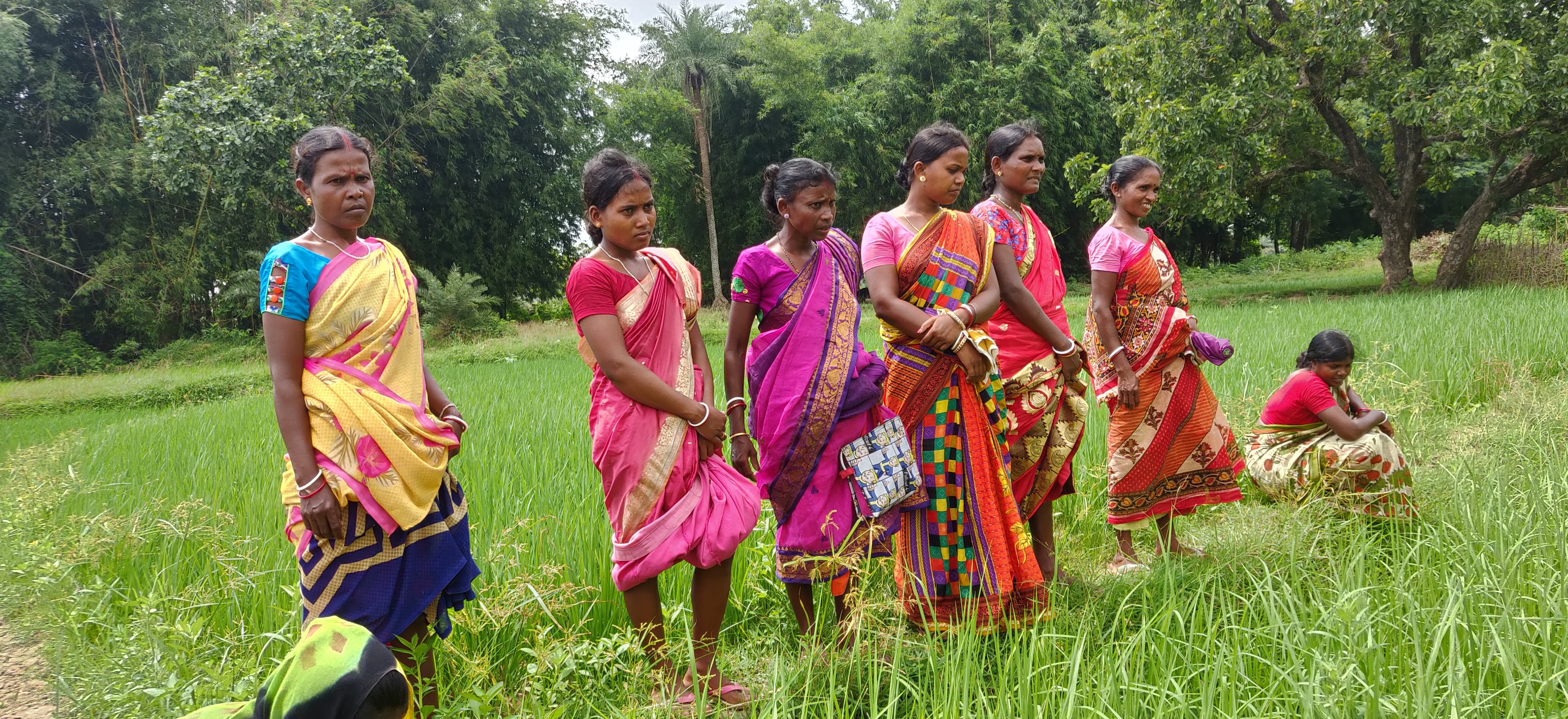
Paddy is the major crop grown in Nayagram villages. High-yield variety (HYV) paddy seeds as well as chemical fertilizers and pesticides were being provided at farmers’ doorsteps by the local input dealers, rather intermediaries, at quite a high cost. While a handful of farmers could afford to pay in cash, for a larger section credit remained the preferred option. The intermediaries would collect their due payments after harvest. Some of the dealers who are also millers, would double up as procurement agents to buy the harvested paddy at INR 11-12/ kg, almost 30% less than the government procurement rates, giving farmers a margin of roughly INR. 900 for 6.25 quintals from roughly an acre of land. So, growing paddy always remained a loss-making proposition.
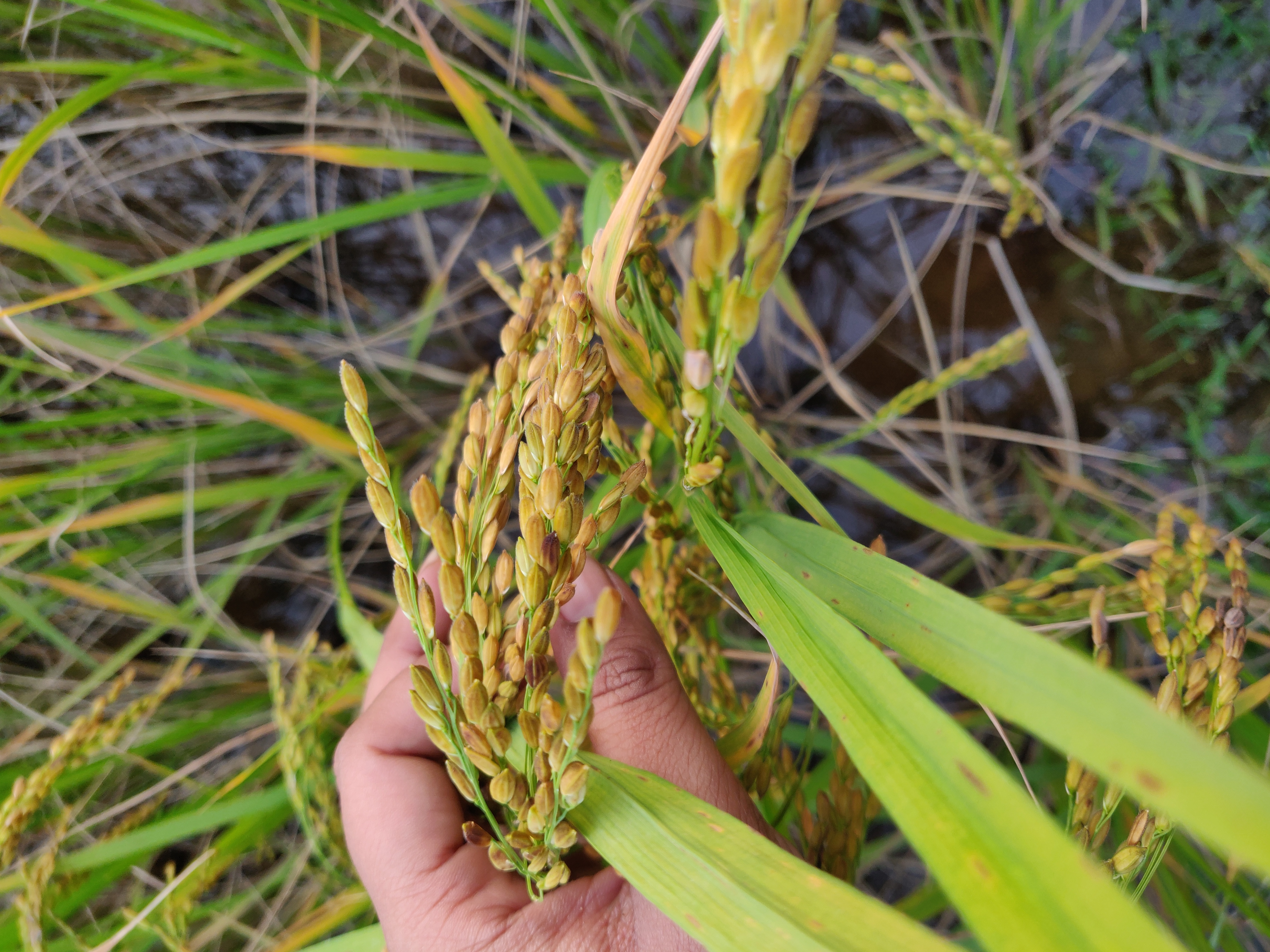
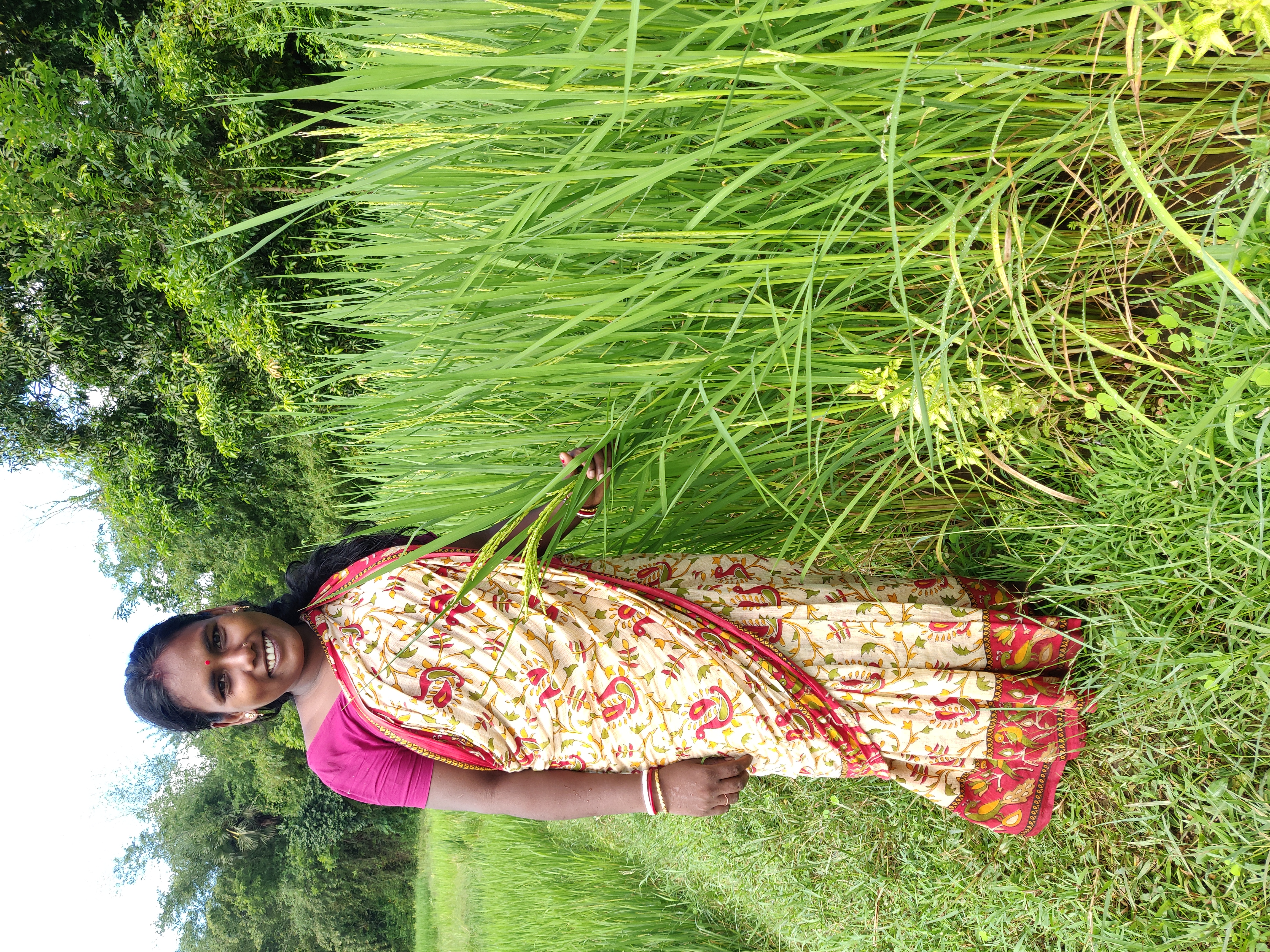
“We had no choice but to accept the minimal price that the intermediaries offer, since we remain indebted to them and never had the resources to sell our produce at the Kisan Mandis”, recollects Parul.
Closely observing the farmers’ plight, a pilot was initiated in 2016 to strengthen livelihoods by regenerating local variety of paddy production coupled with sustainable agronomic practices, with 500 women farmers in 15 Ha of land. In just a period of three years the outreach increased 10 times. Nearly 5000 women farmers came forward to practice economically remunerative, regenerative agriculture and form their own farmer producer company (FPC) – ‘Aamon’ in 2019.

Through a series of discussions and intensive training on various dimensions of indigenous paddy production Aamon members decided to strengthen the existing indigenous paddy value chain across three main pillars:
- regenerating the local paddy seed varieties,
- the sustainable agronomic practices, and
- marketing of produce.
To replace the HYV paddy, PRADAN staff members facilitated Nayagram farmers to adopt Kalabhat (Black Rice), Mallifulo (Aromatic Brown Rice) and Red Rice (Shathia) –local varieties which would be compatible with the local agro-climactic conditions. The farmers witnessed 10-15% enhancement in production while their input costs reduced significantly. In 2020, 4900 women-farmers grew paddy in around 1500 ha of land.
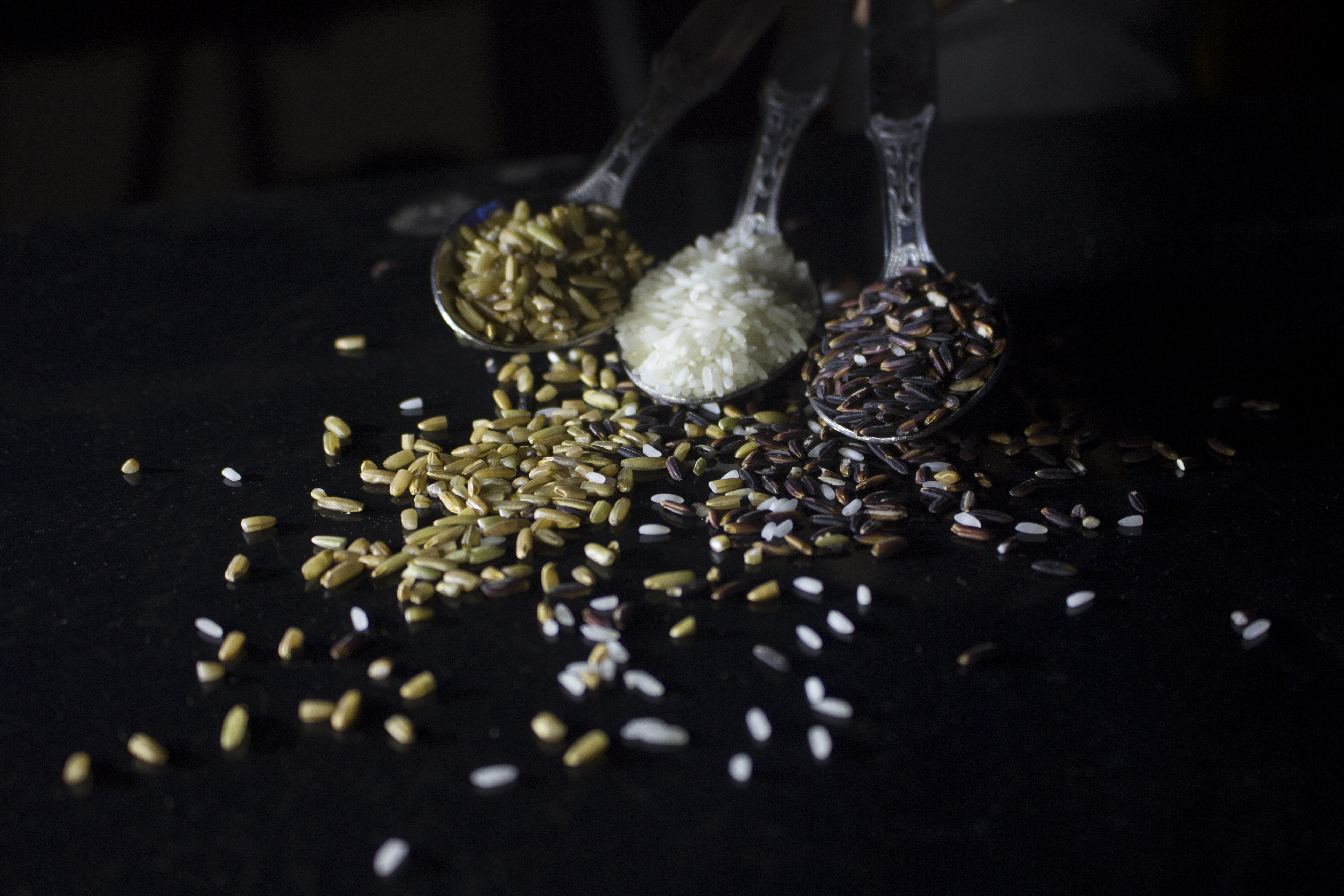
Aamon was registered as a legal body in the month of October in 2020 under the aegis of project LEAP. Preserving seeds from their annual harvest and using them every year, controlling seed quality and marketing the produce to far away urban markets have been ensured through this project. In terms of marketing, project LEAP has helped in building long-term relationship with the institutional buyers who will regularly place large orders to Aamon. To reach out to a larger customer base Aamon’s website has been launched and their products are registered on Amazon and India Mart.
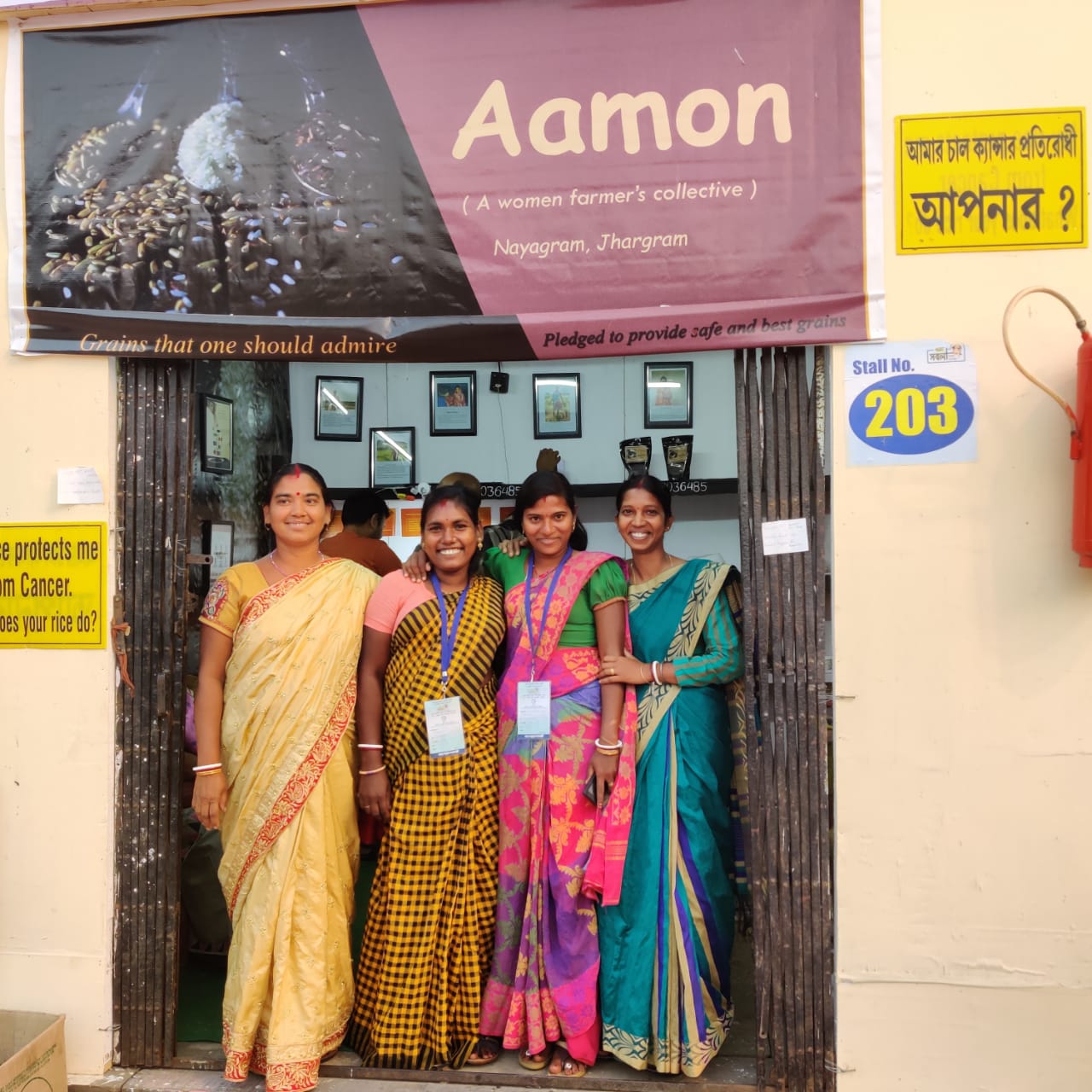
“Women farmers now have enhanced control over agriculture practices as all inputs including seed, fertilizers and pest repellents which are now either sourced locally or produced at our homes”, shares Panchabati.
During 2021-22 almost 2000 small and marginal women farmers are producing for Aamon. Laxman, Swarnaprava’s husband, has witnessed how Aamon steadily became a pedestal of solidarity for marginal farmers of Nayagram, turning his wife’s dream into reality.
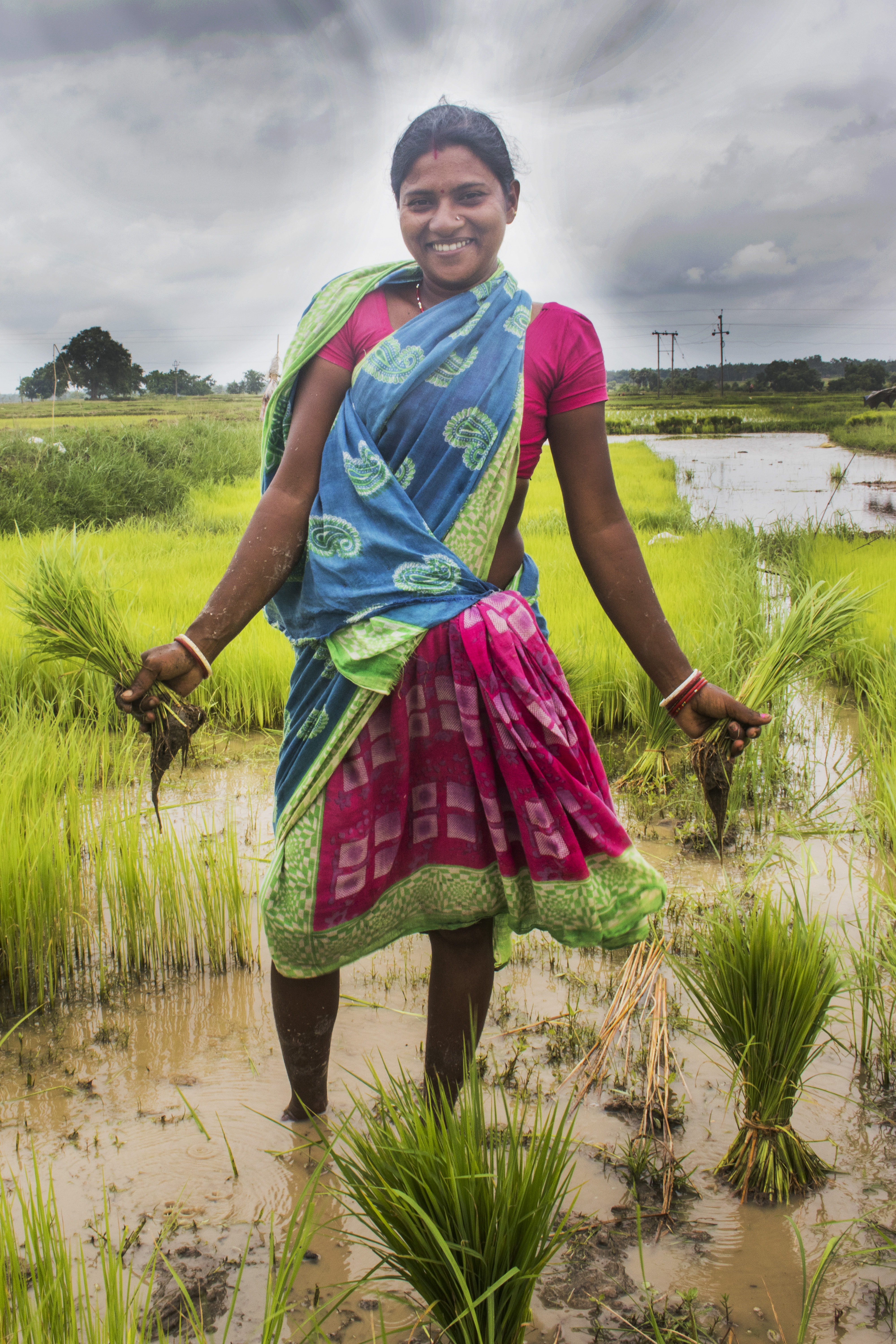
“INR 60,000 is all we used to earn in a year by growing paddy. And this year, we have aimed to do a business of INR 40 million. Without Aamon and project LEAP my dream would have never been fulfilled!!” exclaims Swarnaprava.
Edited by: Souparno Chatterjee, New Delhi

